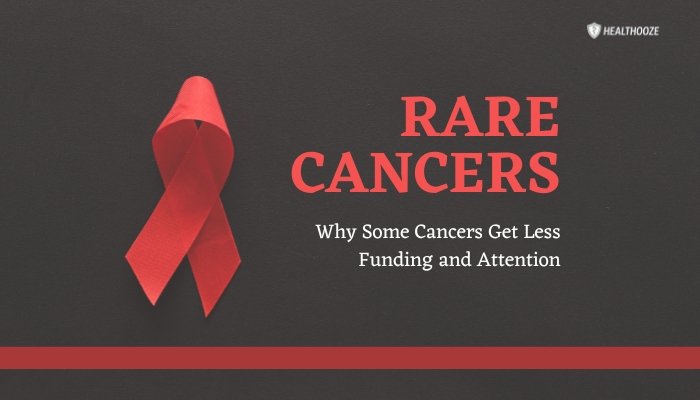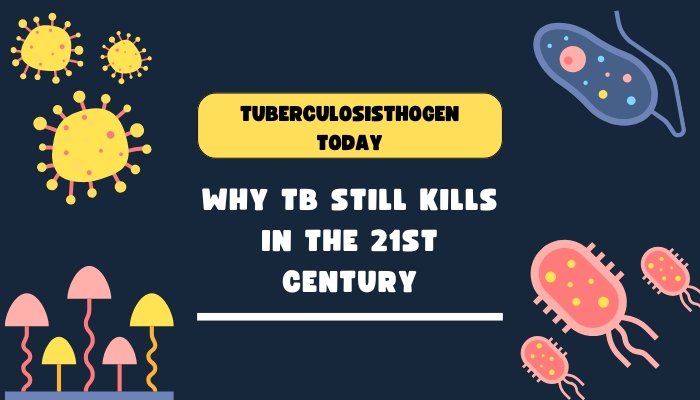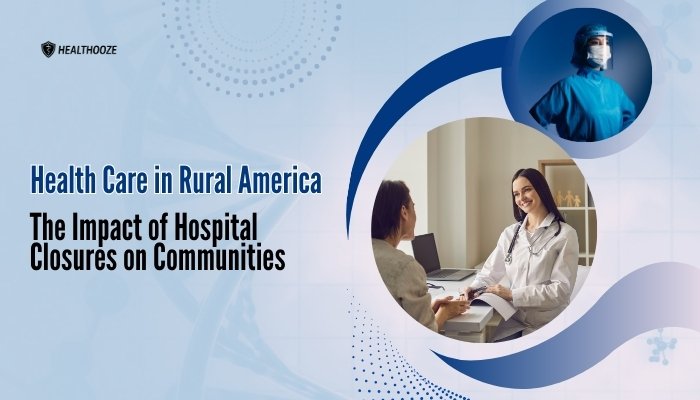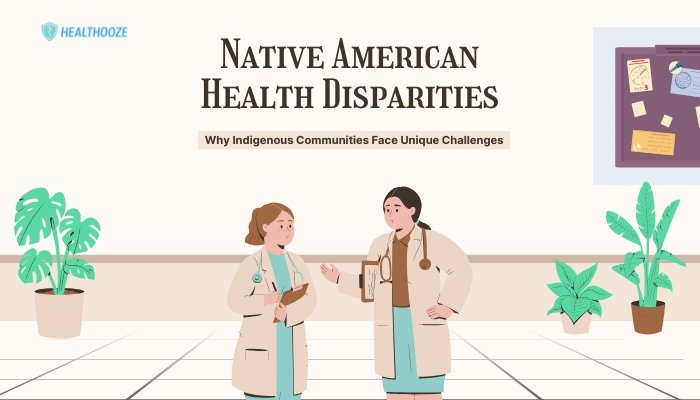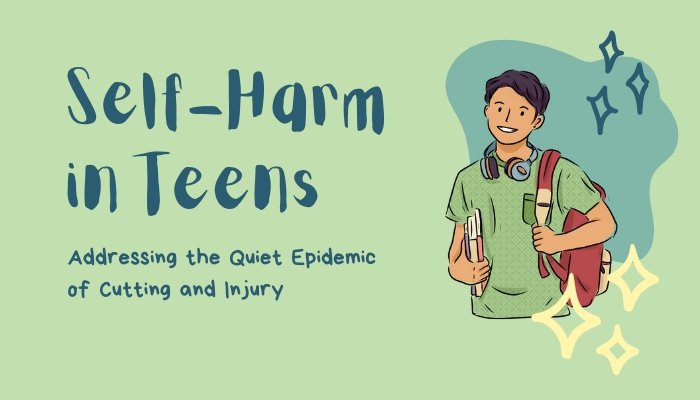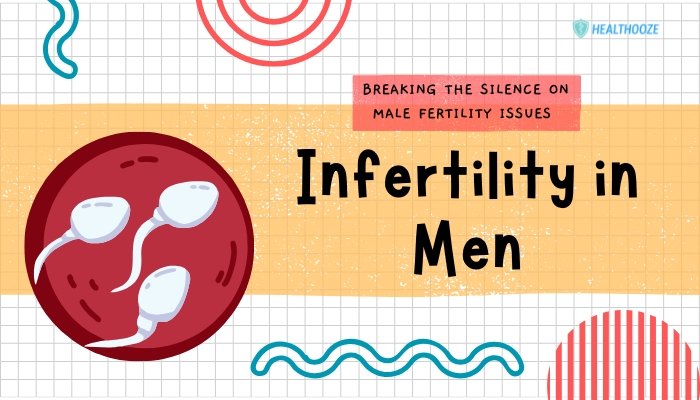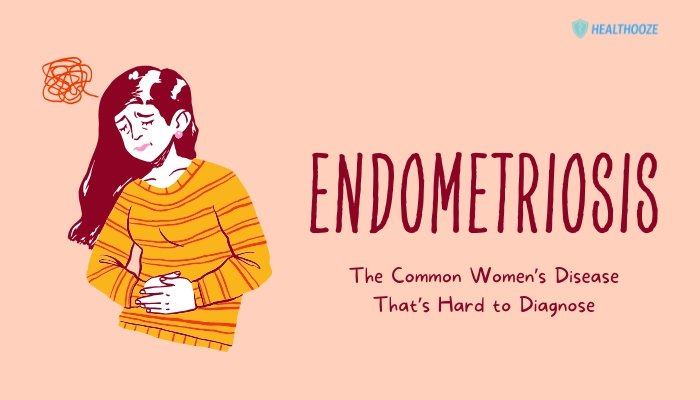Introduction
When we think of cancer, common types such as breast, lung, prostate, and colorectal often spring to mind. Yet many other forms of the disease – often termed “rare” or “less common” – collectively affect thousands worldwide, posing just as significant a threat to patients’ health and well-being.
These rare or “orphan” cancers often face obstacles that hinder research progress, including limited funding, insufficient awareness, and smaller patient populations. As a result, patients with rare cancers can experience higher rates of late diagnosis, fewer therapeutic options, and reduced survival outcomes.
This article explores why certain cancers receive less public funding and attention, the unique struggles faced by those diagnosed with them, and how advocacy, collaboration, and innovative research can offer new hope.
What Defines a “Rare” Cancer?
Lower Incidence Rates
The definition of a “rare cancer” varies by region. In the United States, for instance, a rare cancer typically affects fewer than 40,000 individuals annually. In Europe, a cancer is considered rare if it has an incidence of less than 6 cases per 100,000 people per year. Regardless of the exact threshold, lower incidence means fewer diagnosed patients overall.
Diverse Subtypes
Many “common” cancers have subtypes or subgroups that are individually rare. For example, some forms of sarcoma, pediatric cancers, and certain blood cancers are extremely uncommon. Categorizing them under a single broad label can obscure their distinct molecular characteristics and hamper targeted research.
Unique Biological Signatures
Because these diseases often differ substantially from typical variants, they require specialized protocols for accurate diagnosis and treatment. However, low prevalence and scattered patient data create challenges in establishing robust guidelines or large-scale clinical trials.
Why Some Rare Cancers Are Underfunded
Less Public Awareness and Advocacy
High-profile diseases (e.g., breast, lung) frequently receive substantial media coverage and philanthropic backing. By contrast, a condition affecting only hundreds or thousands of people rarely garners the same level of publicity or celebrity patronage, thereby reducing donation flows.
Limited Patient Populations for Research
Conducting large clinical trials or observational studies requires enough participants to achieve statistical significance. Rare cancers often lack these numbers, deterring pharmaceutical companies or government agencies from investing heavily in drug development. The potential returns—both in terms of profitable markets and robust data—are modest.
“Allotment” Problems in Public and Private Sectors
Funding bodies, from national cancer research institutes to philanthropic organizations, balance large-scale health priorities with smaller, less recognized needs. This can inadvertently push rare cancer research lower on the priority list, especially when resources are strained.
Consequences for Patients and Families
Delayed or Missed Diagnoses
General practitioners and even oncologists may see such cancers infrequently, leading to extended diagnostic odysseys. Symptoms might be attributed to benign conditions or overshadowed by more “common” suspects. The result: advanced disease by the time of correct diagnosis.
Fewer Treatment Protocols
- Limited Clinical Guidelines: With fewer studies, doctors rely on anecdotal evidence or small case series for therapeutic decisions, introducing inconsistency in care.
- Off-Label Medication: Patients might require repurposed drugs tested primarily for other cancers, offering uncertain efficacy.
- Scarce Specialized Expertise: Access to sub-specialized oncologists, surgeons, or pathologists is crucial yet rare, especially in underserved regions.
Emotional and Social Strain
Patients with rare cancers can feel isolated, with minimal peer support or existing narratives about their disease. The sense of being a “medical rarity” exacerbates stress, depression, or anxiety. Families, likewise, must navigate uncharted territory for insurance coverage, palliative resources, or clinical trial hunts.
Breakthroughs and Hope
Genomic and Precision Medicine
Technological leaps allow detailed tumor profiling, even if patient numbers are small. Identifying genetic mutations or biomarkers might lead to targeted therapies crossing traditional tumor categories—for example, NTRK fusion inhibitors used across multiple rare cancers with that mutation.
International Collaborations
Coordinated efforts like the International Rare Cancers Initiative (IRCI) merge resources across borders to design collaborative trials, pooling patients from multiple nations. The synergy fosters bigger sample sizes that produce robust results.
Patient-Led Advocacy and Funding
Some rare cancer communities have built powerful advocacy models. Parents of children with rare brain tumors or survivors of uncommon sarcomas champion crowdfunded research, sponsor dedicated labs, or push policy reforms. Through social media, these smaller groups connect quickly, exchanging vital knowledge and forging alliances.
Strategies to Enhance Rare Cancer Support
Boosting Awareness
- Public Campaigns: Encouraging shorter videos or personal stories highlighting real faces behind the disease.
- Medical Education: Including rare cancer modules in residency programs to foster earlier recognition and referral.
Innovative Trial Designs
- Basket Trials: Evaluate drugs targeting a particular mutation across multiple tumor types, ideal for small patient subsets.
- Adaptive Protocols: Adjusting study parameters in real time allows integration of new participants or arms without launching entire new trials.
Policy and Funding
- Orphan Drug Incentives: Governments can encourage pharmaceutical companies to research rare conditions by offering tax credits, market exclusivity, or fast-track review.
- Public-Private Partnerships: Joint ventures bridge philanthropic funds and academic research with industry to accelerate drug discovery.
Improving Patient Services
- Specialized Centers: Creating hubs or networks that offer multi-disciplinary care – from specialized oncologists to psychosocial support – fosters consistent, high-quality treatment.
- Telehealth: Virtual consultations help rural or distant patients connect with experts at major cancer institutes.
Living with a Rare Cancer: Key Considerations
Emotional and Practical Support
- Peer Communities: Online message boards or social media groups connect globally scattered patients.
- Counseling: Professional help to manage fear, grief, or confusion about limited therapy information.
- Education: Gathering data on standard-of-care treatments or ongoing research fosters informed decision-making.
Managing Uncertainty
- Clinical Trial Watch: Checking trial listings (like clinicaltrials.gov) or talking to specialized oncologists about upcoming novel drugs.
- Seeking Second Opinions: Rare cancer patients often consult leading institutions or experts, gleaning broader insights and treatment options.
Family and Caregiver Involvement
- Active Advocacy: Loved ones might spearhead fundraising or awareness campaigns, forging partnerships with local nonprofits.
- Advance Care Planning: Because disease progression can be unpredictable, discussing wishes around future treatments or palliative approaches can alleviate stress.
Conclusion
Rare cancers constitute a critical, under-addressed segment of oncology, deeply impacting patients who find themselves overshadowed by more common cancer types. Yet with the emergence of genomics, collaborative networks, and patient-driven advocacy, the gap in knowledge and resources can gradually be closed. Enhancing support for rare cancer research, combined with improved public recognition, fosters deeper understanding and more hopeful outcomes. By valuing every diagnosis—regardless of prevalence—we honor the principle that all cancer patients deserve robust solutions, timely interventions, and a fair chance at life beyond their disease.
References
- Gatta G, van der Zwan JM, Casali PG, et al. Rare cancers are not so rare. Cancer Epidemiol. 2011.
- FDA. Orphan Drugs: The status of drug development and orphan product designations. 2020.
- Johnson RH, Chien FL, Bleyer A. Why are some cancers more common or only in adolescents and young adults? Cancer. 2022.
- http://irci.info/

